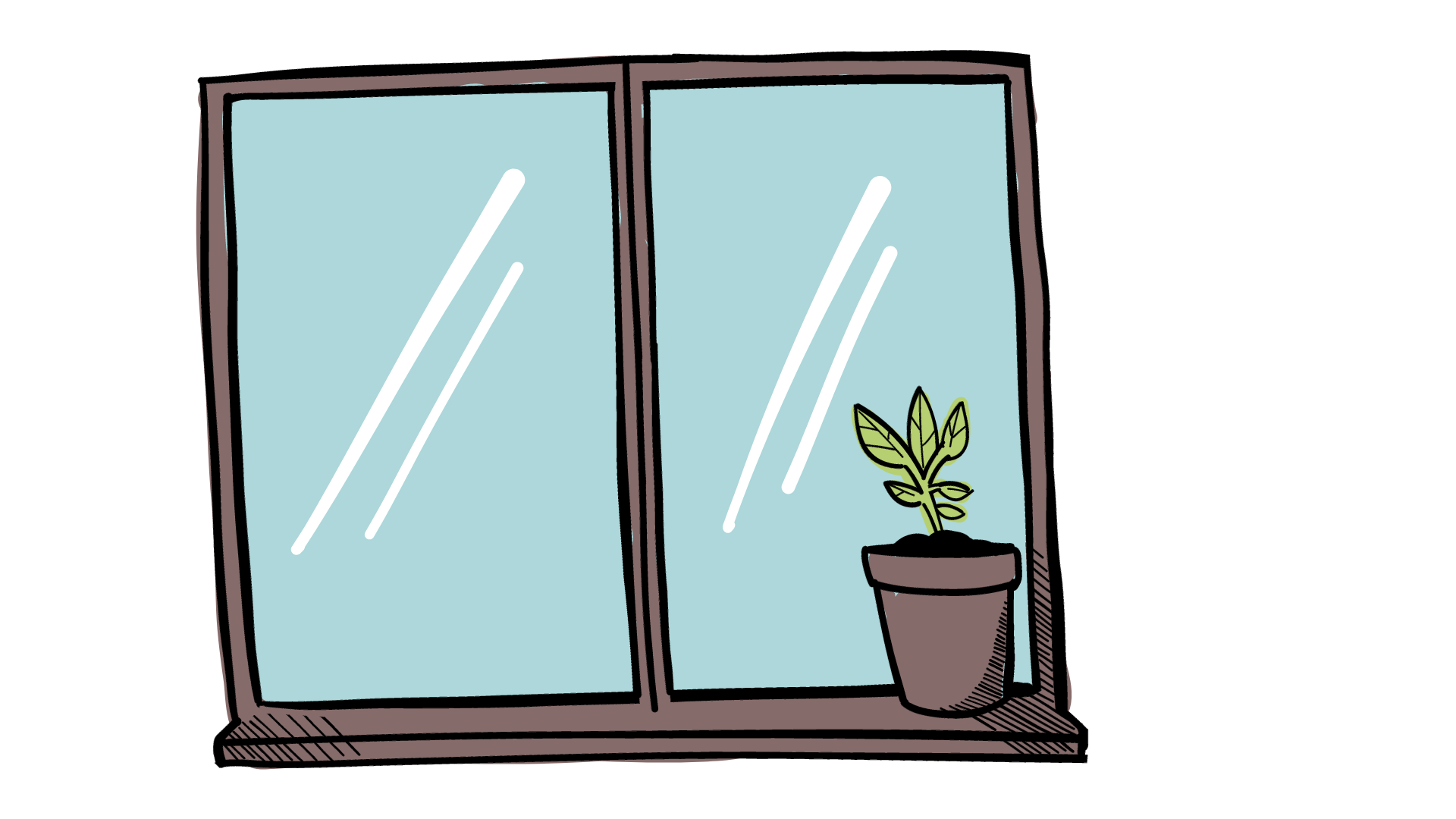

Interior design is the art of creating a functional indoor space that is aesthetically pleasing to the occupants of the space. Interior design utilizes skills of graphic design, lighting design, architecture, and decorative arts, to name a few. By considering building codes, structural requirements and restrictions, as well as design elements and the cohesiveness of a space, interior design is a complex, impactful art form through its ability to affect the emotions of an individual as well.

Some of the main types of interior design include the traditional, modern, industrial, and minimalist styles of interior design. The traditional style of interior design includes elements of chandeliers, book cases, and floral arrangements. This style takes influence from the past, specifically from the 18th and 19th centuries. The modern style of interior design includes elements of natural lighting, simple furniture, and clean, geometric lines in the architecture of the space. This style is influenced by minimalism and simplicity originating in the early 20th century. The industrial style of interior design uses elements of reclaimed wood, brick, metal, and exposed rafters combined with the sleekness of modern style design elements. This style is influenced by the architecture of a room; the structural aspects of a room are highlighted and used as a primary design element. The minimalist style of interior design includes an open floor plan, a monochromatic color scheme, and simple, functional furniture. Minimalism turns essential, simplistic pieces into the centerpiece of the room by softening the attention on the grand, traditionally attention-grabbing pieces of the interior.

The craft of interior design is calculated, careful, and intentional. The structure of a room can change how the room is decorated— the color scheme of the room, the furniture used, and the ornamentation. While paying attention to the wishes of the occupant of the room, the interior designer can construct a beautiful, personal room that is cohesive and functional. Interior design can also serve as a creative outlet for the designer, as different pieces and structures can reflect the creative freedom and personality of the mind behind the space. Taking an empty room– a blank canvas– and envisioning an expressive, practical space curated to individual needs can serve as a very creative occupation.

The interior of a space can increase an occupant’s mood and focus, as well as decrease anxiety, depending on how the space of the room is filled and designed. A cut-and-paste room can only cause these impacts on a certain group of people, as everyone’s needs and preferences are different. Interior design is important because these improvements to mental and emotional health can be acquired with the right interior design.
Web Page Design by MADDIE EGGENSPERGER













